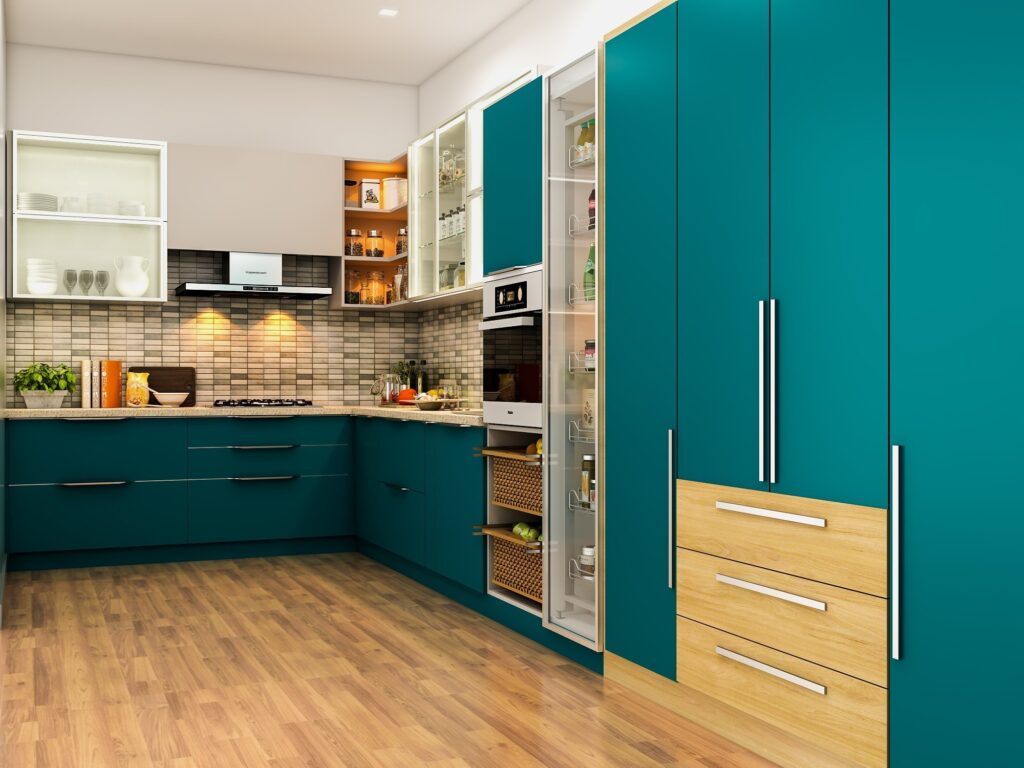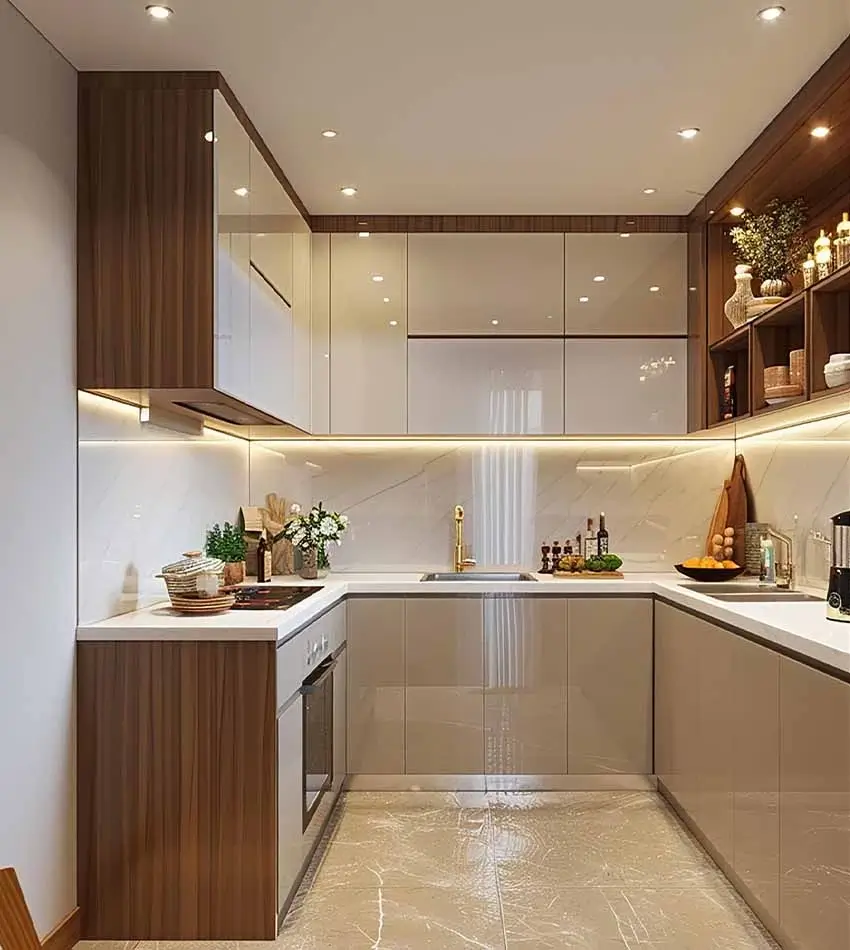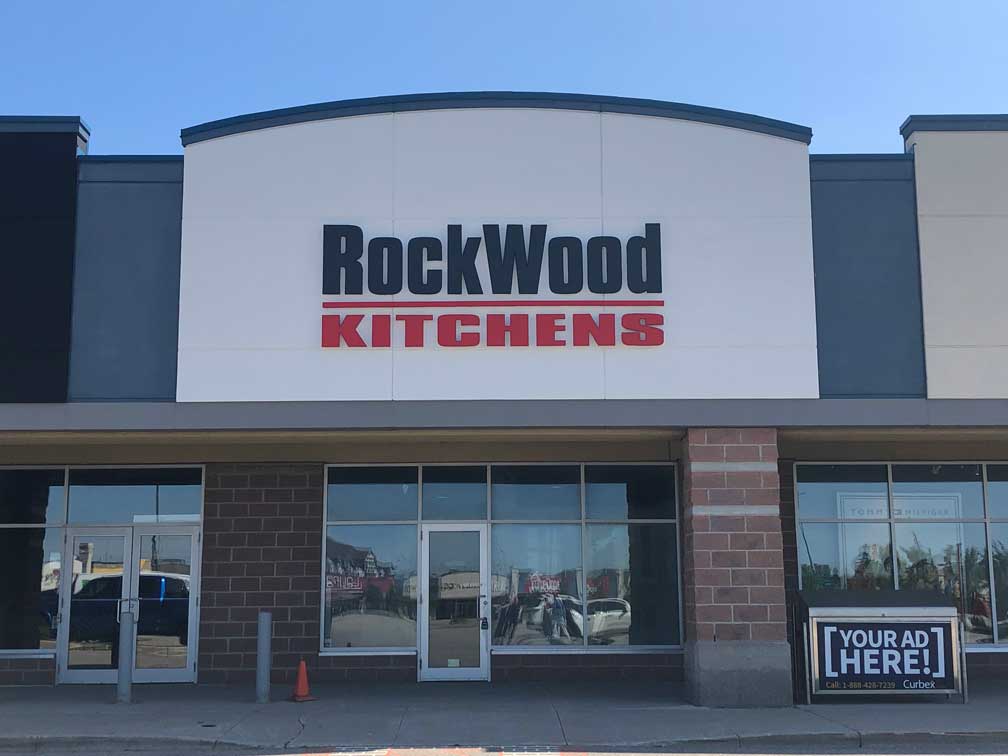Beautiful Kitchens Made Easy | RockWood Kitchens
Why Choose RockWood Kitchens?
RockWood Kitchens is your trusted partner in crafting stunning, functional kitchens. With a commitment to quality, affordability, and exceptional customer service, we make designing your dream kitchen an enjoyable and hassle-free experience.
What Sets RockWood Kitchens Apart?
- Expert Craftsmanship: Every kitchen is crafted with attention to detail and superior materials.
- Affordable Pricing: Premium kitchens at prices that won’t break the bank.
- Personalized Service: Our team works closely with you to bring your vision to life.
The Process of Creating Beautiful Kitchens
At RockWood Kitchens, we follow a streamlined process to ensure your kitchen renovation is stress-free:
- Consultation and Design: Share your ideas, and our designers will craft a plan that reflects your style and needs.
- Material Selection: Choose from our wide range of high-quality materials, including premium cabinets, countertops, sinks, handles and pulls, range hoods and vanities.
- Installation: Our expert team ensures seamless installation with attention to every detail.
- Final Touches: We add the finishing touches to make your kitchen truly shine.
Custom Kitchen Solutions Offered by RockWood Kitchens
1. Premium Cabinetry
Our cabinets are built to combine style and functionality, perfectly tailored to fit your space and preferences.
2. Durable Countertops
Choose from a wide selection of quartz and granite to create a durable and elegant surface.
3. Expert Kitchen Design and Installation
We offer complimentary expert design consultations, as well as cabinetry and countertop installation. If needed, we can also handle the removal and disposal of old materials, ensuring a seamless renovation experience from start to finish.
4. Budget-Friendly Options
We offer flexible solutions to fit various budgets without compromising on quality.
Design Trends to Inspire Your Dream Kitchen
Stay ahead of the curve with these kitchen design trends:
- Open Layouts: Enhance space and connectivity with open-concept kitchens.
- Two-Tone Cabinets: Add depth and personality with contrasting cabinet colors.
- Smart Features: Integrate technology for a more efficient kitchen.
- Natural Materials: Embrace warmth with wood accents and stone finishes.
FAQs
1. What is the average cost of a kitchen??
On average, consumers spend around $15,000 on a kitchen renovation with Rockwood Kitchens. This includes wood cabinets, solid stone countertops (with four edge profile options), a stainless steel undermount sink, and all related installation services. The total cost varies depending on kitchen size, cabinet style, and countertop selection. RockWood Kitchens provides free, no obligation consultations to give you an accurate estimate tailored to your needs.
2. What materials does RockWood Kitchens use?
We use premium materials such as solid wood cabinets, quartz and granite countertops, and durable hardware to ensure your kitchen lasts for years to come.
3. How long does it take to renovate a kitchen?
Most kitchen renovations take 3-5 weeks, depending on the complexity. Our team ensures timely completion while maintaining quality.
Contact RockWood Kitchens Today
Transform your kitchen with ease and confidence. Let RockWood Kitchens help you design the perfect space for your home.
- Call Us Now: [1-888-916-4044]
- Visit Our Website: https://www.rockwoodkitchens.ca/
- Email Us: [hello@rockwoodkitchens.ca]
Your dream kitchen is just a consultation away. Contact RockWood Kitchens today to bring your vision to life!









